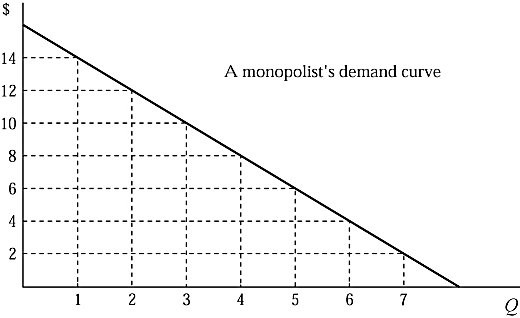The long-run real interest rate is the long-run nominal interest rate ________
A) minus inflation expectations B) plus all taxes
C) plus inflation expectations D) minus all taxes
A
You might also like to view...
Adding members to a military alliance _____
a. will always strengthen the alliance b. will cause the alliance to dissolve c. might weaken the alliance d. will always weaken the alliance
In Eugene, Oregon, next year there is a 2% chance of an earthquake severe enough to destroy all buildings and personal property
Quincy, who has $3,000,000 in buildings and personal property, has the opportunity to purchase complete earthquake insurance. Which is true? A) Quincy should not purchase earthquake insurance unless he can get it for less than $60,000, because that's all he could possibly lose in an earthquake. B) Quincy should not purchase earthquake insurance unless he can get it for less than $60,000, because that's his expected loss in an earthquake. C) If Quincy buys earthquake insurance, and an earthquake does not occur, he will have received no utility from the transaction. D) What Quincy is willing to pay for the earthquake insurance depends upon his degree of risk aversion. E) Quincy should be willing and able to pay up to $3,000,000 for earthquake insurance.
In the open-economy macroeconomic model, if a country's interest rate rises, its net capital outflow
a. rises and the real exchange rate rises. b. falls and the real exchange rate falls. c. rises and the real exchange rate falls. d. falls and the real exchange rate rises.

 Figure 7.2 shows a monopolist's demand curve. The marginal revenue from selling the third unit is:
Figure 7.2 shows a monopolist's demand curve. The marginal revenue from selling the third unit is:
A. $6. B. $8. C. $10. D. $44.